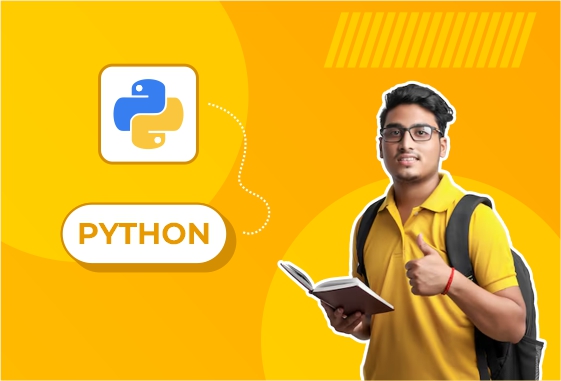
Human Pose Estimation
Project Title: Human Pose Estimation
Objective:
To develop a machine learning model that can detect and analyze human poses in images or videos. The goal is to identify and track the positions of key human body joints (e.g., shoulders, elbows, knees) for applications in areas like action recognition, sports analysis, virtual reality, and healthcare.
Key Components:
Data Collection:
Use existing datasets such as COCO (Common Objects in Context), MPII Human Pose, or OpenPose Dataset for training the model.
Datasets typically contain images or videos with labeled keypoints representing human body joints.
Data Preprocessing:
Normalize and resize images to a standard size.
Annotate and augment the data (e.g., rotation, flipping) to improve model robustness.
Convert joint coordinates into a format suitable for training (e.g., heatmaps for keypoint localization).
Model Selection:
Use deep learning models designed for pose estimation, such as:
Convolutional Neural Networks (CNNs) for feature extraction.
Hourglass Networks, OpenPose, or HRNet for keypoint detection.
PoseNet (from TensorFlow.js) or DeepLabCut for specialized applications like animal pose estimation.
Model Training:
Train the model using labeled data with a focus on accurately detecting joint positions.
Loss functions are typically designed around minimizing the distance between predicted and ground truth joint locations.
Use transfer learning to fine-tune pre-trained models for better performance, especially on smaller datasets.
Post-Processing:
Refine joint detection by applying algorithms like non-maximum suppression to remove redundant or overlapping keypoints.
Use temporal consistency for video frames to track poses over time (for video or real-time applications).
Evaluation:
Evaluate model performance using metrics like Mean Squared Error (MSE) for joint localization, Average Precision (AP), or PCK (Percentage of Correct Keypoints).
Visualize keypoints overlaid on images to qualitatively assess model accuracy.
Compare against baseline models or existing solutions.
Application & Deployment:
Deploy the model for real-time applications, such as video analysis, gesture recognition, or sports performance evaluation.
Integrate the model into systems like web applications (using TensorFlow.js) or mobile apps (via TensorFlow Lite or ONNX).
Optimization & Scalability:
Optimize the model for speed and memory efficiency, especially for mobile or embedded systems.
Use techniques like quantization, pruning, or TensorRT to reduce model size and improve inference time.
Outcome:
A functional human pose estimation model that accurately detects and tracks human body joint positions in images or videos, enabling applications in sports analytics, healthcare monitoring, animation, augmented reality, and more.





